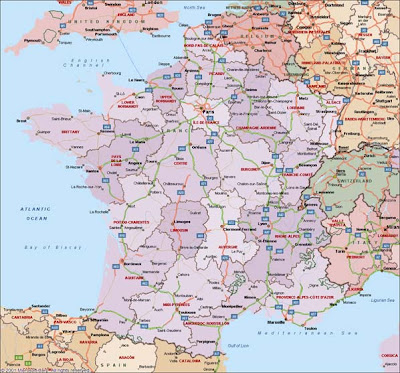I always love to try new things, especially exotic foodstuffs. Goji berries from the Himalayas, acai from the rainforests, and pomegranates are just to name a few. It can be quite expensive to add them to our daily diets. With more and more pomegranates being farmed in California, the price has dramatically decreased over the past decade, which is good for the consumer.
To me, it is always about being an educated consumer and
understanding what a superfruit really is.
Most of us have already been consuming superfruits our entire lives! Cranberries are readily available in the fall
and its juice is available year round.
Blueberries can be procured at almost any local market in the summer
months. I always prefer to eat what is
grown near me and not from the other side of the equator. Blueberries and cranberries are my preferred
superfruits that are cost effective and pragmatic to procure and they do not
need any marketing gimmick. I always prefer
to minimize my carbon footprint.










